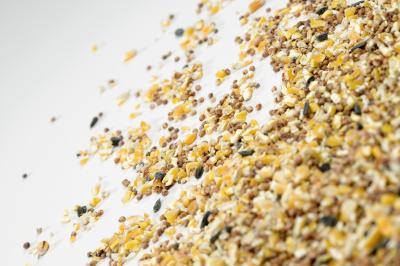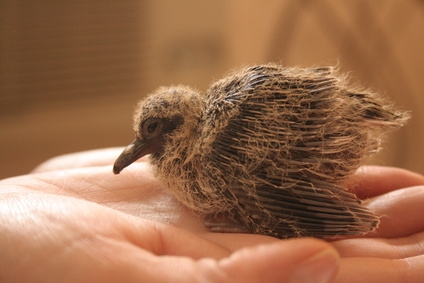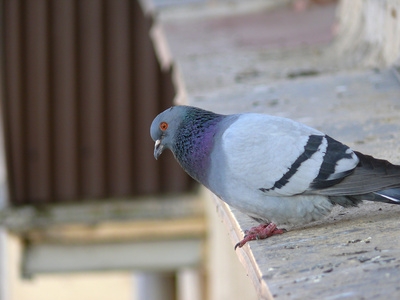Anytime you step outside your home, you will probably see a variety of birds and you have absolutely no idea, what kind of birds you're looking at. But there are some birds, which are so distinctive that you can recognize them right away. The blue jay is one of those easily identifiable birds. Although the blue jay is covered in blue, its eyes, feet, legs and bill are black. The blue jay is normally 9 to 12 inches long.
The blue jay gets its name from both Greek and Latin words, which mean "crested, blue chattering bird". The blue jay is a part of the crow family, which consists of ravens, rooks, magpies and jackdaws. These are some of the largest members of the perching songbirds order. The study of fossil remains makes it apparent that these types of birds have been in existence for 20 million years.
The blue jay can be located in southern Canada and in various places across the US, from Florida to Texas and all the way to eastern Colorado. Although the blue jay can normally be seen year round, wherever they are, some of the northern birds will move south for the winter. These birds migrate during the day. Blue jays like to live in mixed woodland areas, but they've been known to turn up in parks, gardens and residential areas.
Blue jays nests are normally made of twigs, leaves and grasses. Nests are made in trees and shrubs. The female will lay 3 to 6 eggs at a time. The eggs can be blue, green, or yellow with spots and the incubation period, usually last about 18 days. Incubation is normally carried out by the female, while the male brings her food. In 17 to 21 days, the baby blue jay should be able to fly and within 2 months of learning to fly, they will leave the nest. Blue jays can actually breed in their first year after hatching.
Blue jays will search for food in trees and on the ground. They have a long menu, which includes fruits, nuts, seeds, insects and grains, berries and mice. Blue jays sometimes raid other nests, for eggs and young birds. They will also hide food, so they can eat it later and in the winter, they will remove food from their territories, as a precaution to keep intruders away. Blue jays will use their noisy and aggressive behavior, to drive other birds away from food and their areas.
The most recognizable feature of the blue jay, its color, is also an illusion. The color of the feathers is due to light refraction, caused by the inner structure of the feathers' substance. If the feathers are crushed, the blue color will disappear. During their feather shedding period, blue jays might be seen anting. This is a process where they place ants, under their wings, supposedly, to help to soothe the irritation caused by the growth of new feathers.
Depending on where you live, a blue jay may not be something you see every day. The blue jay adds color and variety to nature, so it's always great when you do see it.

 Transport & Tourism Industry News & Show Updates Kuoni Academy
of your little should carry personal information on them
Transport & Tourism Industry News & Show Updates Kuoni Academy
of your little should carry personal information on them
 Squirrel Proofing Bird Feeders
I am known as the “squ
Squirrel Proofing Bird Feeders
I am known as the “squ
 Homemade Designs for Bird Traps
Homemade Designs for Bird Traps
Homema
Homemade Designs for Bird Traps
Homemade Designs for Bird Traps
Homema
 How to Take Care of Wild Baby Birds
How to Take Care of Wild Baby Birds
Ho
How to Take Care of Wild Baby Birds
How to Take Care of Wild Baby Birds
Ho
 How to Build a Simple Bird Trap?
How to Build a Simple Bird Trap?
How t
How to Build a Simple Bird Trap?
How to Build a Simple Bird Trap?
How t